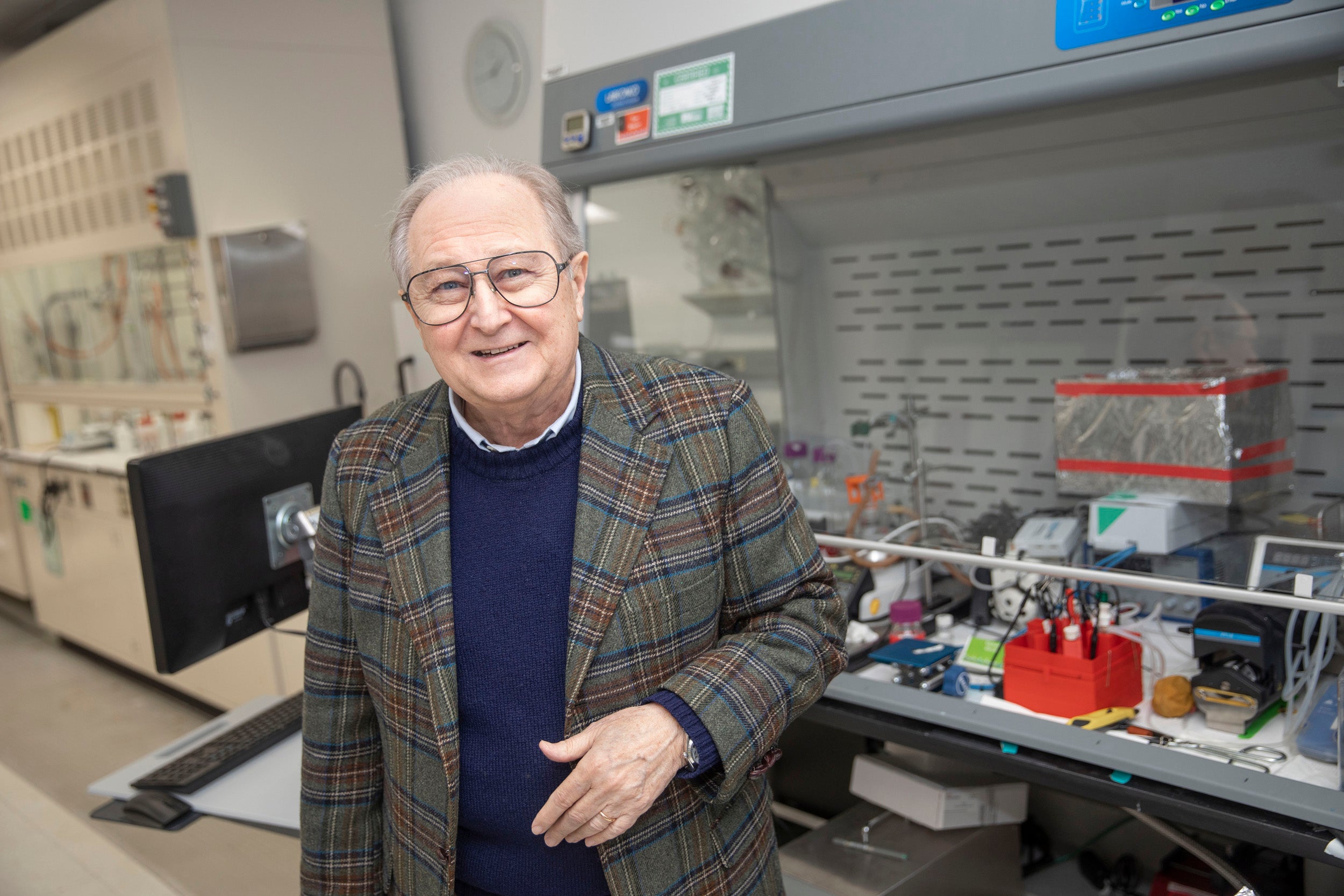The problem is that without the oxygen based technology and manufacturing before that how would a civilization get to that stage?
You brought up Mars. Put intelligent life on Mars right now and it will just die. Technology has to "evolve" with a civilization. The argument is that one cannot get from A to C without B. And in this case "B" is oxygen based manufacturing.
This is true, but eventually this criteria will not apply, since there are other energy sources, that intelligent life can develop, that are not oxygen dependent. Electric cars do not burn oxygen. We can extract oxygen from mineral oxides, but this takes lots of energy; nuclear. If we were looking at the universe, we will miss all potential advanced civilizations that have overcome the atmospheric oxygen tech bottleneck. If we had a nuclear energy plant on Mars, and we could be energy wasteful, we can use the Mars minerals for breathing oxygen and metals. There is plenty of iron oxide; steel and O2. Under the Dome, the oxygen may not show up on alien spectra devices looking for oxygen.
Oxygen on the other hand, will eliminate all postulated solvents for life, besides water. We can burn organic solvents in oxygen; use as fuel, to make CO2 and Water, thereby making water the last solvent standing. Resistance to oxygen becomes less important in water. Alcohol based cells will eventually burst into flames if O2 is too high. High O2 defaults to water based life.
What makes water so unique is not just the hydrogen bonding, but that fact that water molecules can form up to four hydrogen bonds per molecule. Each H20 has two donors; two unshared electron pairs and two acceptors; two hydrogen protons. Ammonia can form hydrogen bonds but it has three hydrogen acceptors but only one unshared election pair. It lacks the balance of acceptors and donors to form extended reversible structures. This is why ammonia has much a lower boiling point; -28 F versus +212 F for water. The symmetry and balance of donors and acceptors of water is very stabilizing.
If we compare the entropy of O2 plus H2 versus in H20, H20 has less entropy, especially since H20 is a liquid at ambient conditions, while O2 and H2 gases need to get very cold to condense. O2 is forever a gas on earth. However, H20 has lower enthalpy; lower internal energy compared to O2 and H2. Breaking down H20 back to O2 and H2 is driven by the second law; photosynthesis. Photosynthesis may have been inevitable when conditions were correct. The total free energy and entropy both increase when we reverse water back to O2 and H2. The next stage of human energy will be H2 and O2, with H2 production possibility increasing atmospheric O2 levels; via bulk H2 storage. Higher atmospheric oxygen will bring out even more from H2O based life; increased metabolic potential for even higher entropy.
If take liquid water, this is composed of very stable covalent bonds. However, the decrease within entropy, going from H2 and O2, creates an entropic potential that requires water increase its complexity; internally via the hydrogen bonding. The mobile proton of the pH affect is one such effect. Clouds in the atmosphere is another; hydrogen bonds form. When we add organics to water; water and oil affect, the surface tension increases; more order. This further lowers the entropy of water. The second law requires a phase separation, so there is less ordered water surface. This creates order in organic materials, so now they have an entropic potential; organic change is inevitable.
Oxygen is key in that oxygen can form oxide or O-2. The minus two tells us that oxygen can support two more electrons than it has protons in its nucleus. Something more than electrostatic attraction is at work; there is net charge repulsion. This has to due with magnetic addition able to overcome electrostatic repulsion; octet of electrons.
Essentially oxygen and hydrogen; hydrogen bonds, can separate the EM force into its magnetic and electrostatic components. This is reflected in the binary or polar; electrostatic, and covalent aspects; magnetic, of hydrogen bonds. Physics, treat these two forces as part of one force; EM force, but water can separate EM into two. This is unique to water; catalytic, and makes water very anomalous; unique properties of water compared to the trends in most all other materials.


